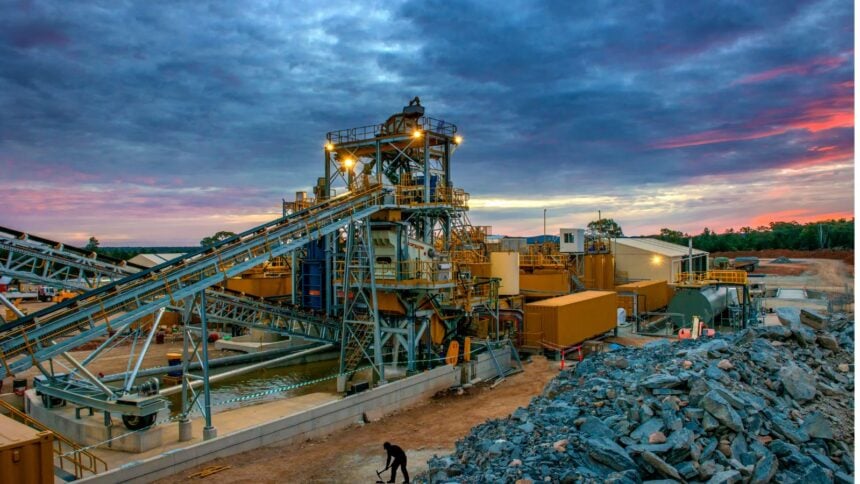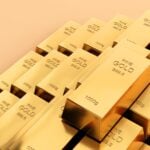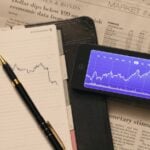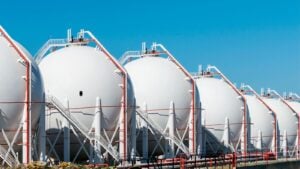A big drop in miners and their exchange traded funds late this week showed how quickly things can change in a hot commodity market.
Gold’s drop hurt mining stocks around the world and brought down the S&P/TSX Composite on Thursday, even though the sector had a strong year so far.
Canada’s portfolio includes more than just gold; it also includes copper, nickel, potash, uranium, and aluminum. It also has a growing pipeline of rare earth elements and battery materials.
The iShares S&P/TSX Global Gold Index ETF shows how violent those swings can be, but it still has a return of more than 100% year to date through October 10.
This is because producers have better margins, lower costs, and are fixing their balance sheets.
The Canadian Critical Minerals Strategy from Ottawa wants to speed up the permitting process, make projects less risky, and bring in more private investment in processing and supply chain links, which have always been weak points for the country.
The plan clearly says that rare earths, graphite, lithium, nickel, and copper will be used to make things for electrification and defense.
When risk-off waves hit public markets, it can help developers and mid-tier producers get through the cycle by spending money and buying things.
The government’s own planning documents show how long coordinated projects with provinces, Indigenous partners, and allied buyers will take.
This is a change from small, separate projects to a portfolio approach that spreads risk across stages and regions.
Western governments are trying to rely less on Chinese processing, and stockpiling and friend shoring are making people pay more attention to non-Chinese supply.
This has kept strategic capital moving around Canadian companies that are connected to permanent magnet supply chains and copper districts that can help build the grid.
Earlier this year, when consolidation in the copper patch brought attention back to Toronto-listed heavyweights, investors saw that dynamic.
Along with a push for magnet materials in North America and Europe, demand signals are moving beyond just bullion and spot prices.
The VanEck Rare Earth and Strategic Metals ETF has been volatile around policy, but it is still up a lot this year because magnet chain producers and processors are locked into multi-year contracts instead of day-to-day pricing.
In the gold complex, index changes, special distributions, and buyback policies at big producers have made passive vehicles more complicated.
This can make intraday swings bigger when macro news comes out, but it doesn’t have to change the multi-quarter earnings path for good operators.
With costs under control and capital expenditures disciplined, free cash flow at senior and mid-tier miners has increased, even though inflation has slowed. This gives boards more room to keep dividends and buybacks steady during rough weeks.
If bullion prices go down, it could hurt gold-heavy ETFs, but copper and uranium holdings can help make up for some of the losses, especially as stories about power grids and small modular reactors gain traction.
When Sprott launches an active metals and miners fund as bullion prices rise, the pitch is not just beta to spot prices but also security selection across cycles. This can help reduce the whipsaw effects that affect plain vanilla baskets.
The merger of Teck and Anglo keeps copper heavyweights in the spotlight in Toronto, where there are also a lot of other important issuers from around the world.
Ottawa thinks copper is very important for building out transmission lines and electric vehicle supply chains.




















